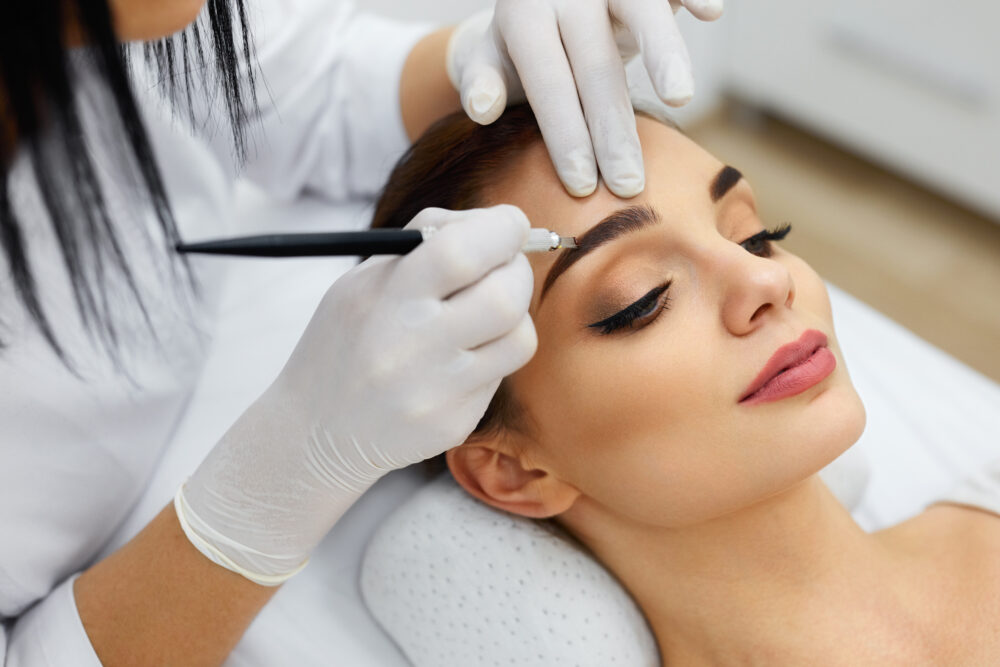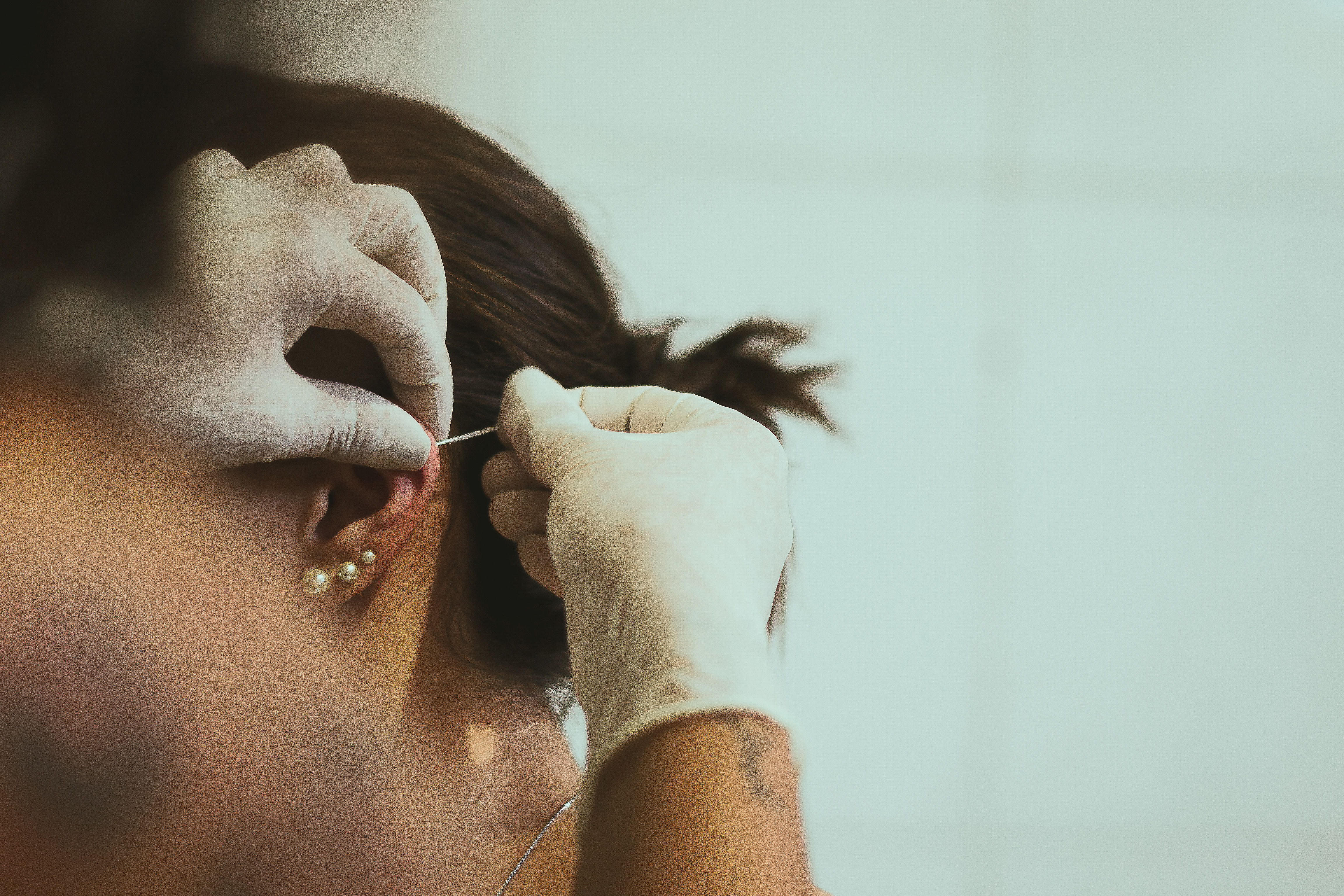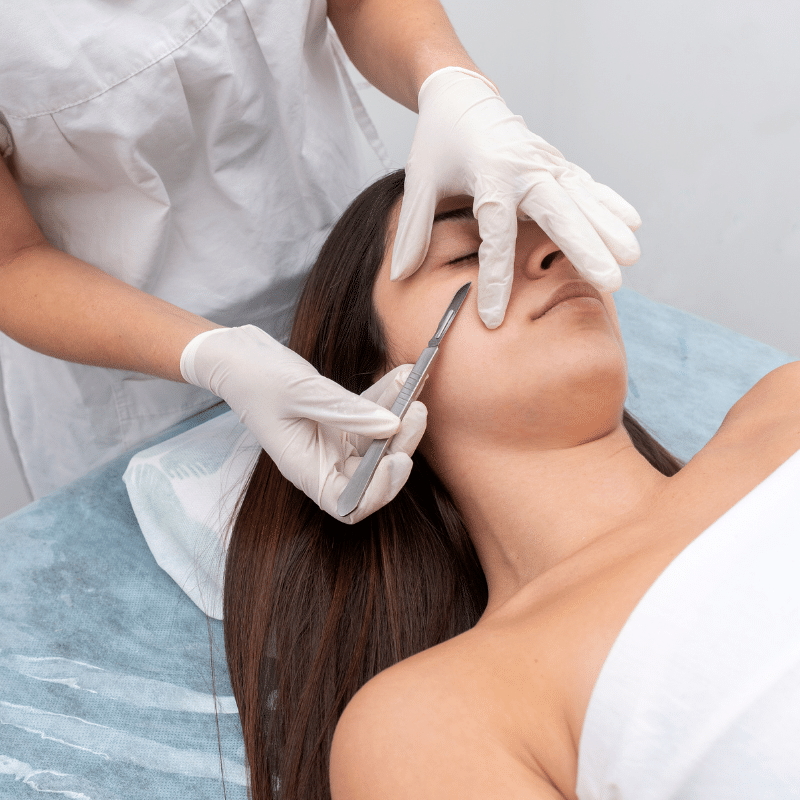The Ultimate Guide to Microblading Consent Forms: What Every Technician Needs to Know
As a beauty industry professional, understanding the nuances of microblading consent forms is crucial for ensuring both client safety and business compliance. This comprehensive guide will explore everything technicians need to know about microblading consent forms, helping you to navigate this vital aspect of your practice with confidence and professionalism.

What is a Microblading Consent Form?
A microblading consent form is a legally binding document that must be signed by a client before undergoing a microblading procedure. This form serves multiple purposes: it ensures that the client is fully aware of the nature of the procedure, any risks involved, and the aftercare requirements. Additionally, it provides legal protection for both the technician and the client.
Why is a Microblading Consent Form Essential?
⚖️ Legal Compliance: Beauty treatments like microblading are subject to strict regulations. A comprehensive consent form ensures you’re operating within the legal framework.
🛡️ Client Safety: It’s vital for clients to understand the procedure, potential risks, and aftercare instructions to make an informed decision about their treatment.
🧤 Protection for Technicians: In the event of complications or disputes, a well-documented consent form can be crucial in protecting your business and reputation.
Key Components of a Microblading Consent Form:
📄 Client Information: Basic details such as name, age, and contact information.
📋 Medical History: Questions about allergies, skin conditions, and other health concerns that might affect the procedure.
💬 Procedure Explanation: A detailed description of the microblading process, including what the client should expect during and after the treatment.
⚠️ Risks and Complications: Clearly outline any potential risks associated with microblading.
📝 Aftercare Instructions: Provide detailed aftercare guidelines to ensure the best possible results.
✅ Consent Statement: A declaration that the client has understood the information and consents to the procedure.
✍️ Signature and Date: Spaces for both the client and the technician to sign and date the form.
Best Practices for Implementing Microblading Consent Forms:
💭 Consultation: Always conduct a thorough consultation before presenting the consent form. This ensures the client is well-informed and any queries are addressed.
🔍 Clarity: Use clear, straightforward language to avoid misunderstandings. Technical jargon should be kept to a minimum.
📲 Accessibility: Make sure the form is accessible to all clients, considering factors like language and disability.
🗂️ Record Keeping: Securely store consent forms for an appropriate period, as dictated by law and good practice guidelines.
🔄 Regular Updates: Keep your consent forms up-to-date with the latest industry standards and legal requirements.
Utilising Digital Consent Forms
Digital consent forms, like those provided by Beauty Forms, offer numerous advantages over traditional paper forms. They are more environmentally friendly, easier to store and organize, and can be easily updated as needed. Moreover, digital forms enhance the client experience by offering a streamlined, modern approach to paperwork.
Conclusion
Microblading consent forms are more than just a procedural necessity; they are an integral part of establishing trust and professionalism with your clients. By adhering to best practices and staying informed about industry standards, you can ensure that your microblading services are not only top-notch but also safe and compliant.
For more resources and expertly designed digital microblading consent forms, visit Beauty Forms. Our platform is designed to support beauty industry professionals like you in providing exceptional service while maintaining the highest standards of care and compliance.





